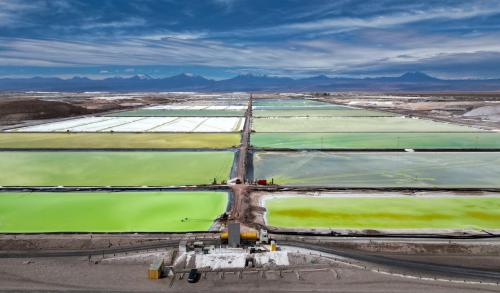Executive Summary
Trading of emissions under a cap-and-trade regime continues to receive prominent attention as a possible approach to reduce carbon dioxide emissions that contribute to climate change. This model draws heavily on earlier American experience with conventional pollutants such as sulfur dioxide. It has been embraced by a wide range of policy analysts and activists as a policy tool that can harness market forces and deliver substantial reductions at relatively low cost. The European Union has already launched such a system, known as the Emissions Trading Scheme, and the 110th Congress has featured considerable debate over comparable approaches, most notably the Climate Security Act sponsored by Senators Joseph Lieberman (I-CT) and John Warner (R-VA). But well before any federal legislation can be enacted, much less implemented, at least one regional cap-and-trade program, involving ten Northeastern states, has already begun operation through an initial auctioning of carbon allowances on September 25. In turn, thirteen other states, located in the Pacific West and the Great Lakes Basin, are considering similar strategies. This poses many important issues of federalism, as the federal government begins to play catchup with states and will have to give thought to sorting out federal and state responsibilities. But the Northeastern experiment also affords an early glimpse into an American effort to launch a carbon cap-and-trade regime, the Regional Greenhouse Gas Initiative (RGGI). Many accounts of emissions trading programs simply assume that such policies self-implement since they are “market-based” and because of the widely-heralded success of the American trading program for sulfur dioxide. This account notes the considerable achievements to date in the multi-state RGGI process but also highlights important implementation challenges that face it as well as any plausible federal adaptation of a carbon cap-and-trade program in coming years. The lack thus far of serious federal-state dialogue over possible forms of intergovernmental collaboration or possible federal policy learning from early state experience may only accentuate the difficulties of future policy development and implementation.



